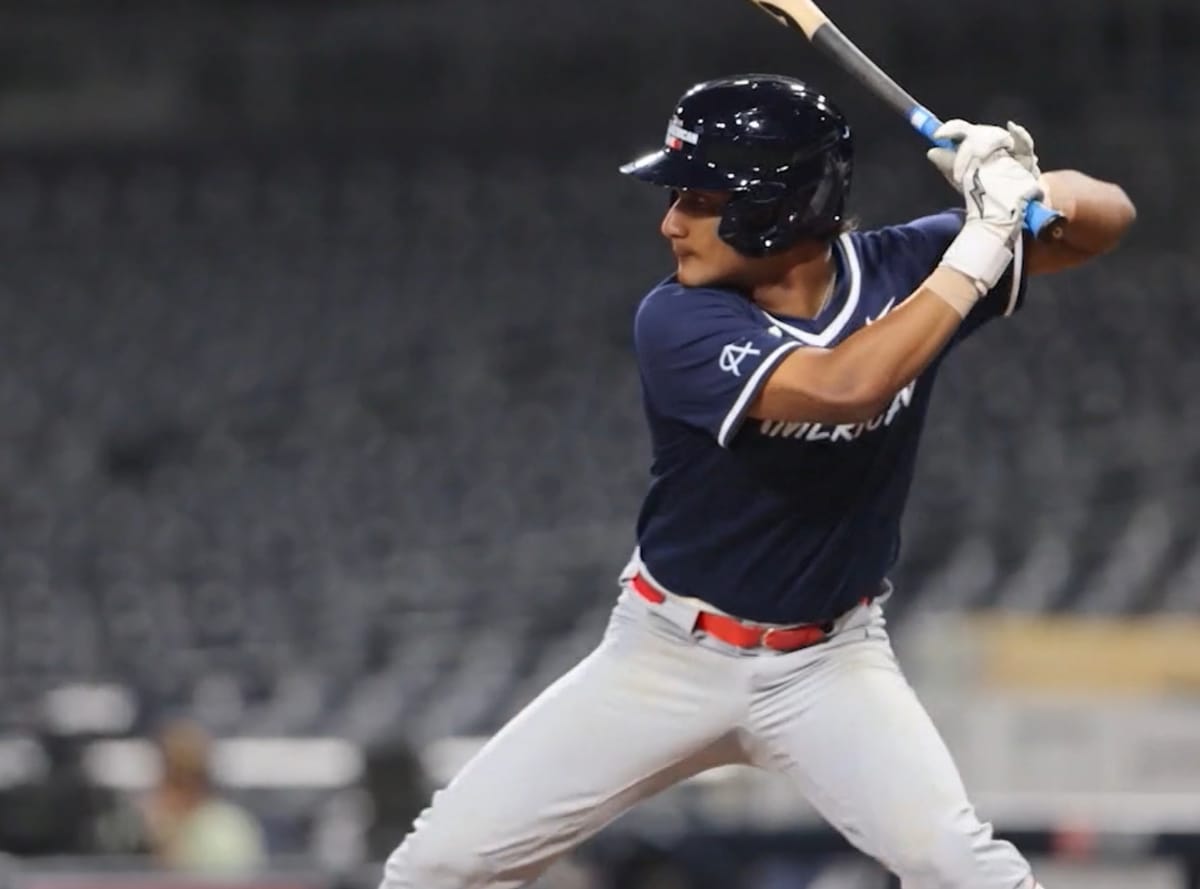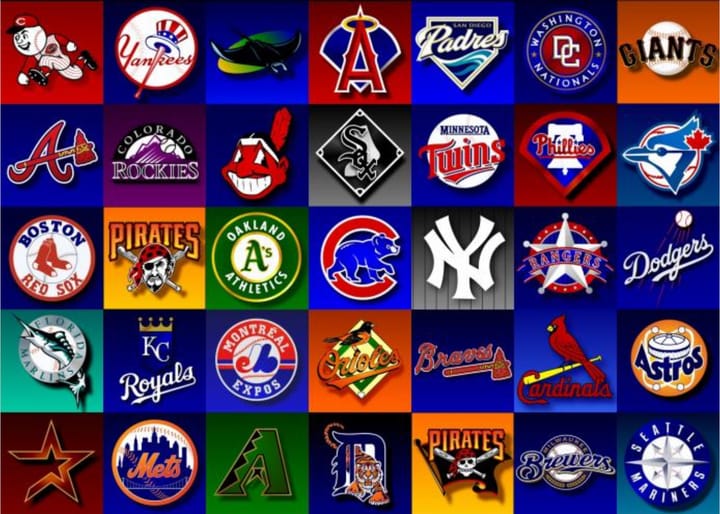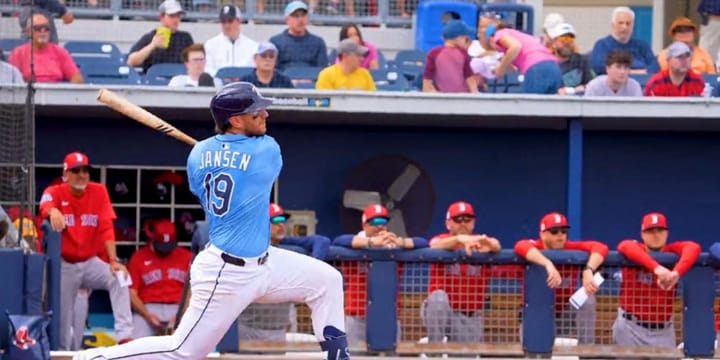The Dean Moss Dilemma: A Case Study In To Sign Or Not To Sign

The number 2 ranked outfielder in the MLB Draft just signed with the Rays at number 67. But should he have signed, considering the fact he could’ve gone to college, and (maybe) improved his stock? I’ll be weighing the pros and cons, and tell you what I would’ve done if I were in his shoes.
Who is Dean Moss:
Dean Moss:
- OF
- Bats Left
- Throws Right
- 6'0 ft/180 lbs
- Age 19
- Born in CA
- High School is IMG Academy (Bradenton, FL)
First, we have to look at the NIL deals of the college that he committed to. He was committed to LSU. After doing some digging, I found out that for a player like Moss, an NIL deal would range from 300,000k - 400,000k annually. We’ll meet in the middle, and call it 350,000 annually. That means that he will get $1,400,000 million over 4 years (if he stays for 4 years, which players usually don’t).
Let's look at what he signed for. He signed with the Rays for a $2.1 million dollar signing bonus, which is a good bit above slot value ($1.29 million).
Next, let’s look at the club he signed with. The Rays. They are great at developing players because they don’t have a huge budget, and developing is how they stay competitive. Look at Nathaniel Lowe. He was drafted in the 13th round in 2016, by the Rays, and now is a successful big league hitter.
But here’s where it gets interesting. While the Rays are good at development, they’re also known for being extremely conservative when it comes to promoting guys through the system. Just because you're talented doesn't mean you're flying through the minors.
Let’s not forget that he still would’ve been in the spotlight, since every LSU game is broadcasted live by ESPN. He also would’ve also probably gotten more attention, since more people watch college baseball than MiLB.
But don’t forget: Every so often, a player will show up to college (expecting to rise in the draft), and plateau, get injured, all of a sudden become worse. There’s potential reward, but there’s also potential risk.
Here’s a summary of what would happen if he went to LSU vs. if he didn’t.
If He Went To LSU (Which He Didn't):
NIL Earnings: Likely around $350,000/year, totaling up to $1.4 million if he stayed all 4 years
Exposure: High. LSU is a top-tier program, and every game is televised. He’d be under the national spotlight, possibly boosting draft stock.
Risk of Injury or Plateau: Always a factor. An injury or drop in performance could hurt draft stock and future earnings.
Draft Stock Potential: Could rise into the 1st round with strong performance — but not guaranteed.
Education: Opportunity to pursue a degree if baseball doesn’t work out (or after baseball).
If He Didn’t Go To LSU:
Signing Bonus: $2.1 million. Larger than if he went to college. And: Immediate, guaranteed money, and over-slot for his draft position.
Development: Joins one of the best player development systems in MLB.
Promotion Speed: Could be slow — the Rays are known for cautious promotions, even for talented players.
Exposure: Lower than LSU in the short term. MiLB doesn't get the same national attention.
Security: Avoids the risk of injury or regression in college that could lower draft stock.
Path to MLB: A possible shorter road to MLB than some players who go to college.
So what would I have done?
I probably would’ve signed too. It’s hard to say no to over-slot money and a team that knows how to develop guys very well. It’s very interesting because as a prospect drafted in a decent round, but not super high, he had to make a very hard decision.
That is the Dean Moss Dilemma. Thanks for reading!



